23 Things Homeless Shelters Need Most During the Holidays
If you want to help out the homeless, here's what your local shelter really needs.
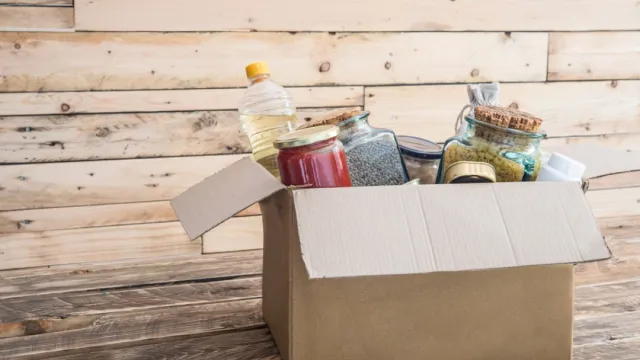
On an average night in the United States, more than half a million people are homeless, according to the National Alliance to End Homelessness. And while providing permanent shelter for those without a place to live may be the long-term goal, supporting temporary shelters that offer food, beds, and, in many cases, addiction and mental health treatment services, can help countless people make it through the holidays.
But before you show up to your local charity with boxes and boxes of goods, it's important to know what they really need first. With the help of advocates for the homeless across the country, we've rounded up the best ways to help homeless shelters this holiday season.
1
Long Underwear
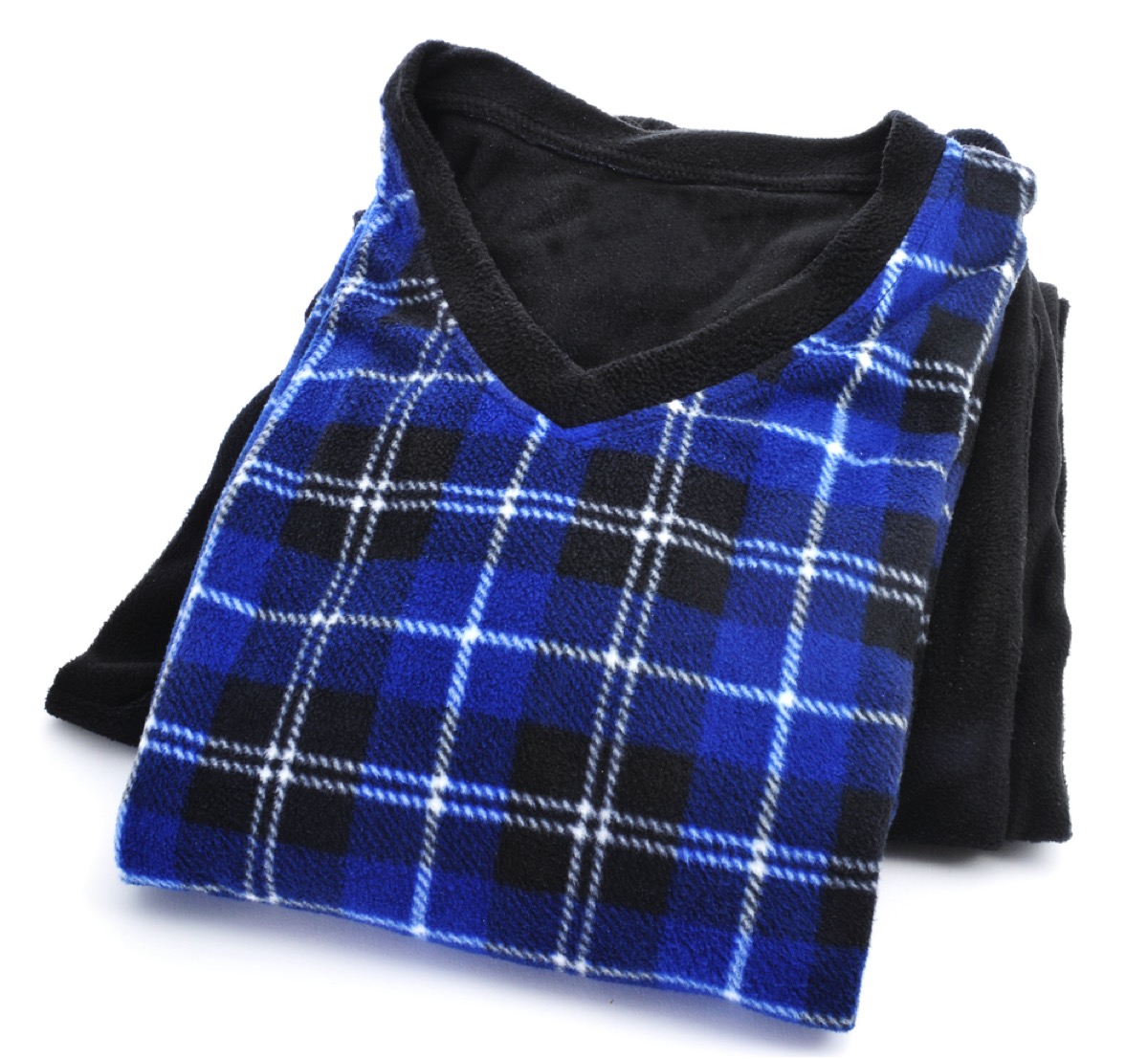
Donations of warm undergarments can mean the difference between someone experiencing homelessness freezing or staying comfortable. "If we were able to get thermal underwear for men and women, these items would be most useful," says Cheryl Hamilton-Hill, CEO of homeless shelter Covenant House Illinois.
2
Shampoo
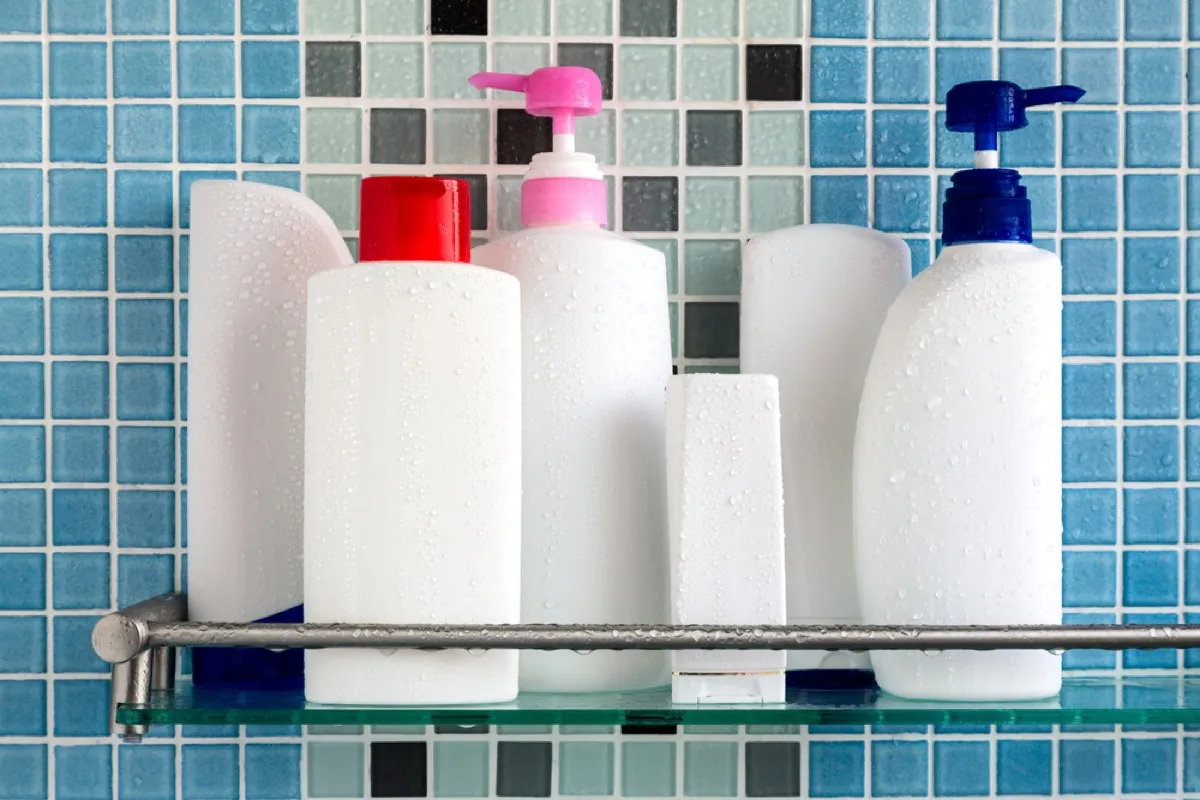
One of the biggest struggles for people without a permanent place to live? Finding the necessary facilities and supplies to maintain their personal hygiene. In fact, according to a 2017 review of research published in the International Journal of Environmental Research and Public Health, a lack of shower and laundry facilities is a major contributor to the spread of infectious disease among those without permanent shelter.
That's just one of the major reasons providing shampoo to shelters is so critical. Not only does it help them get clean, but being freshly showered can be a major confidence-booster, proving helpful for interviews for jobs or permanent housing.
3
Flashlights
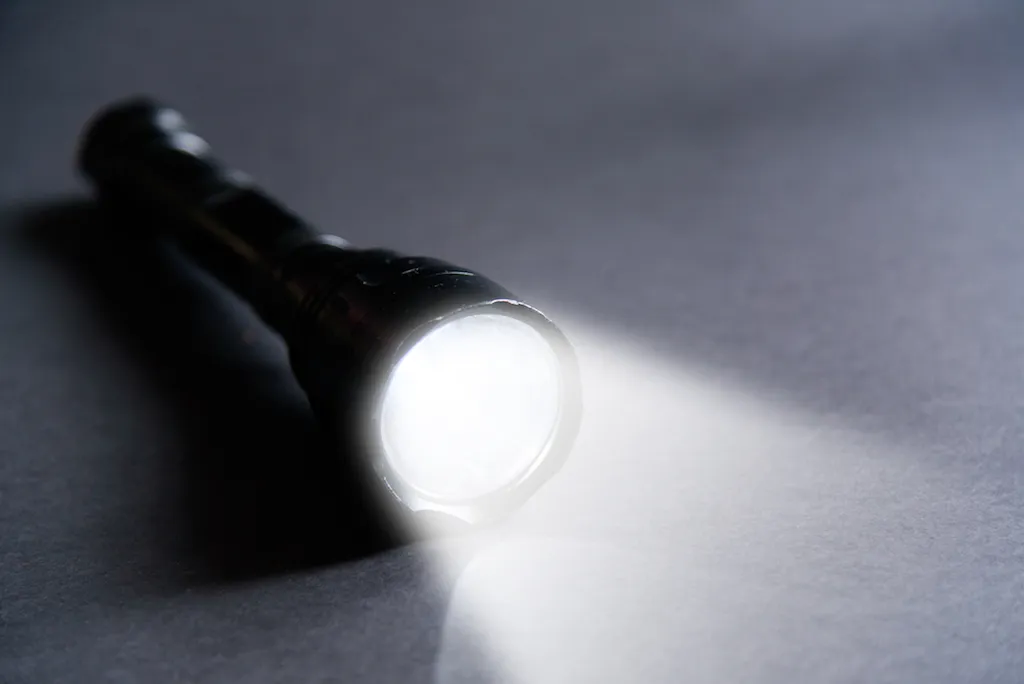
For those experiencing homelessness, flashlights can be more than just a means of reading after lights out. According to the Downtown Women's Center in Los Angeles, flashlights are frequently the only form of light many people living on the streets have at night, and for some people, a heavy flashlight can help them protect themselves on the street.
4
Backpacks

For many people experiencing homelessness, keeping their possessions safe is a major concern. That's why many homeless shelters, like the Downtown Women's Center, provide backpacks to their residents.
But if your local shelter doesn't collect backpacks, nonprofits like Backpacks for the Street and programs like CityPak accept donations to help those in need.
5
Soap

Soap is an item that shelters are always in critical need of, according to a representative for L.A.'s Downtown Women's Center. Both liquid and bar soap—as long as they're unused and packaged—are welcomed by many shelters to help keep their residents clean and comfortable.
6
Lotion

Winter means dry skin for many people, meaning lotion is a valuable commodity for those who work with homeless populations. In many cases, shelters will even accept unused hotel toiletries for their clients, so if you're traveling, don't be shy about taking those extra lotions with you. Even if you don't want them for yourself, you can put them to good use!
7
Detergent
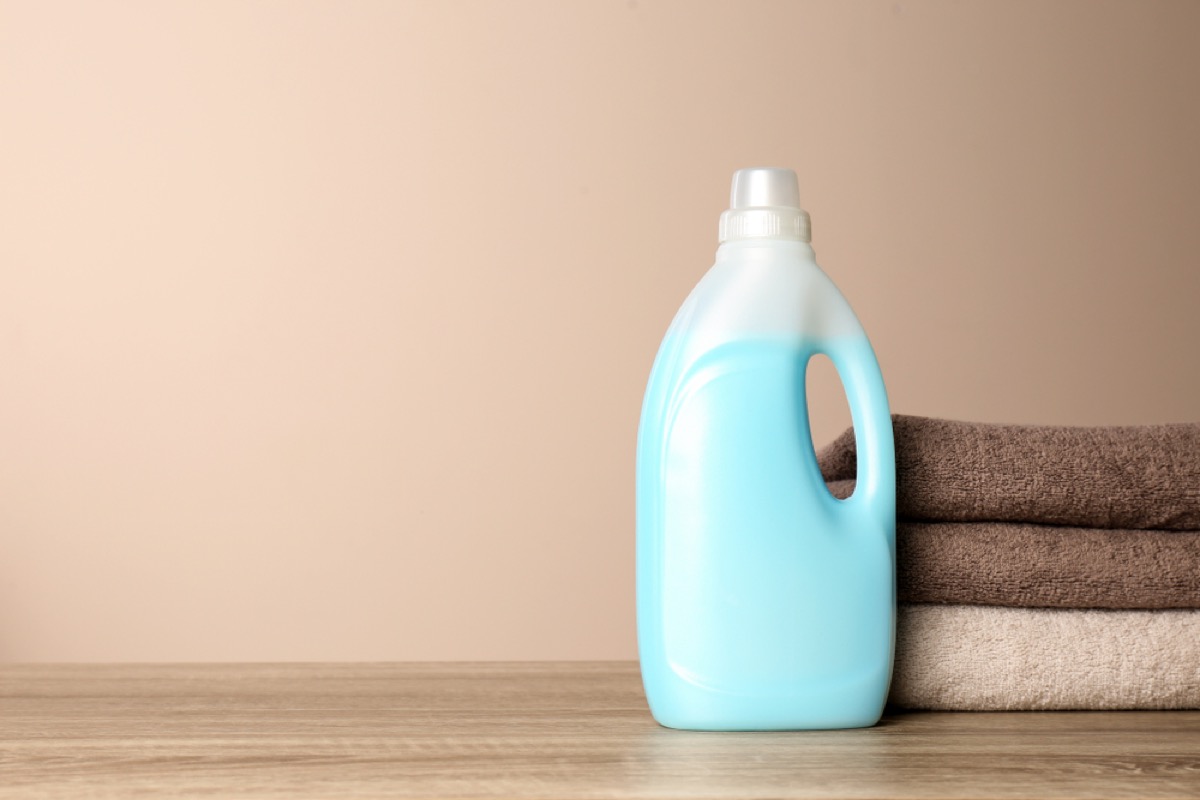
With numerous adults and children to care for, laundry detergent is in high demand at homeless shelters. But the high prices typically associated with even lower-cost detergents can make them prohibitively expensive for many organizations, especially since many provide laundry services not only to those who live there, but others who come in off the street, too. If you're eager to donate to your local shelter this winter, consider seeing if they accept detergent donations, and, if not, consider donating to nonprofits like Laundry Love and Project WeHOPE, both of which provide laundry services to the homeless.
8
Pillows

If you're eager to help out this holiday season, check your local homeless shelter's website to see if they have an online wish list, and consider making a donation of new pillows. Or, if you have used pillows that you don't need at home, while homeless shelters won't accept them, many animal shelters will.
9
Blankets

With up to hundreds of people sleeping in an average shelter on any given night, blankets are always welcome, according to the representative for the Downtown Women's Center. During the holiday season, shelter beds are at a premium—and it's not only important for shelters to have enough blankets for their residents, but also extras for when blankets are being washed.
10
Coats

Want to help the homeless in your community? Clearing out your coat closet can open up space for you and can keep someone else warm during the winter. "Due to the number of individuals that come to us, we are always in need of coats in all sizes," says Hamilton-Hill.
11
Gloves

Homeless shelters do more than just provide essentials for their clients when they're inside the shelter itself—they also provide them with what they need when they leave the shelter for the day. In the chilly winter months, that means essentials like gloves are often in short supply, with many shelters seeking extra pairs for their residents. Even if your local shelter is stocked up, organizations like Hats & Gloves for the Homeless will accept both clothing and monetary donations to help those in need.
12
Hats

Similarly, warm winter hats are a welcome donation for many shelters, as well as charities like the aforementioned Hats & Gloves for the Homeless. In some cases, local coat drives will also accept donations of hats and other cold weather gear, so check with your local school or religious organization to see if they'll take them, too.
13
Underwear
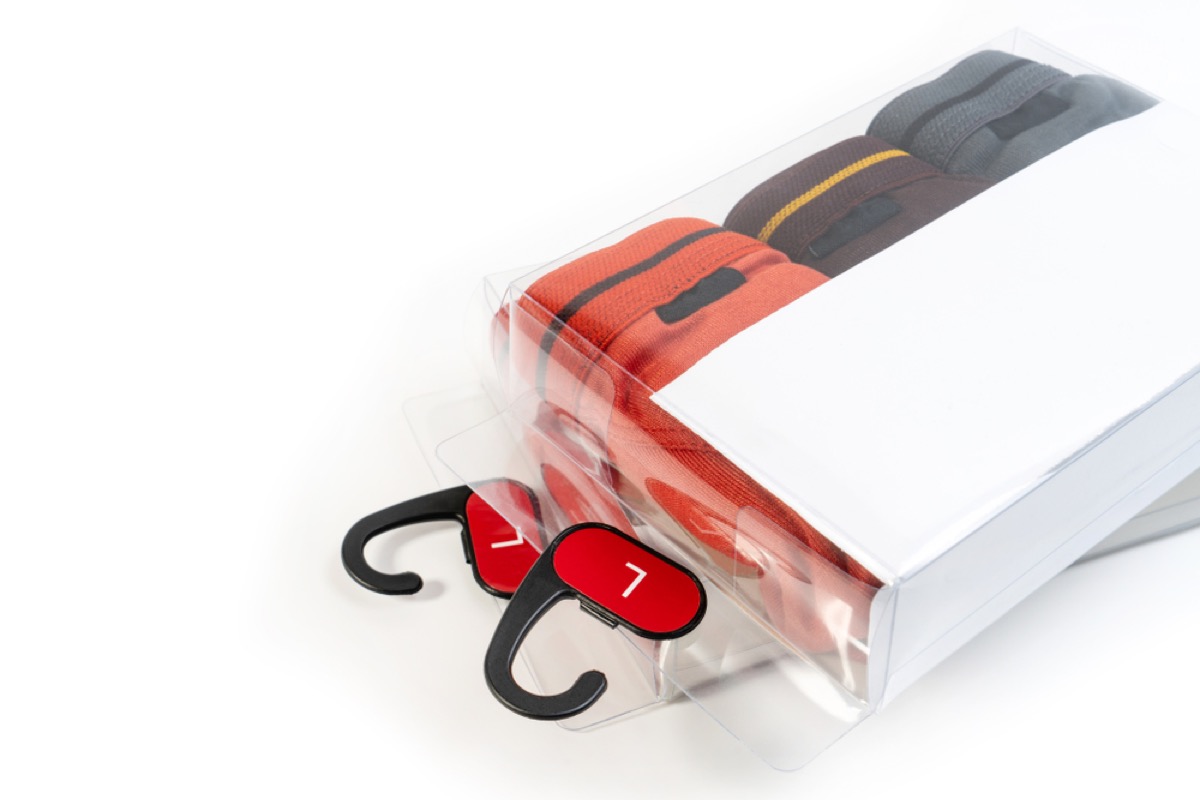
New underwear is one of the most commonly sought commodities for homeless shelters, but don't just buy the first pack you see on the shelf. According to the Downtown Women's Center's spokesperson, sizes XL and up are most often needed. And even if your local shelter doesn't accept new underwear donations, organizations like The Undies Project will.
14
Socks
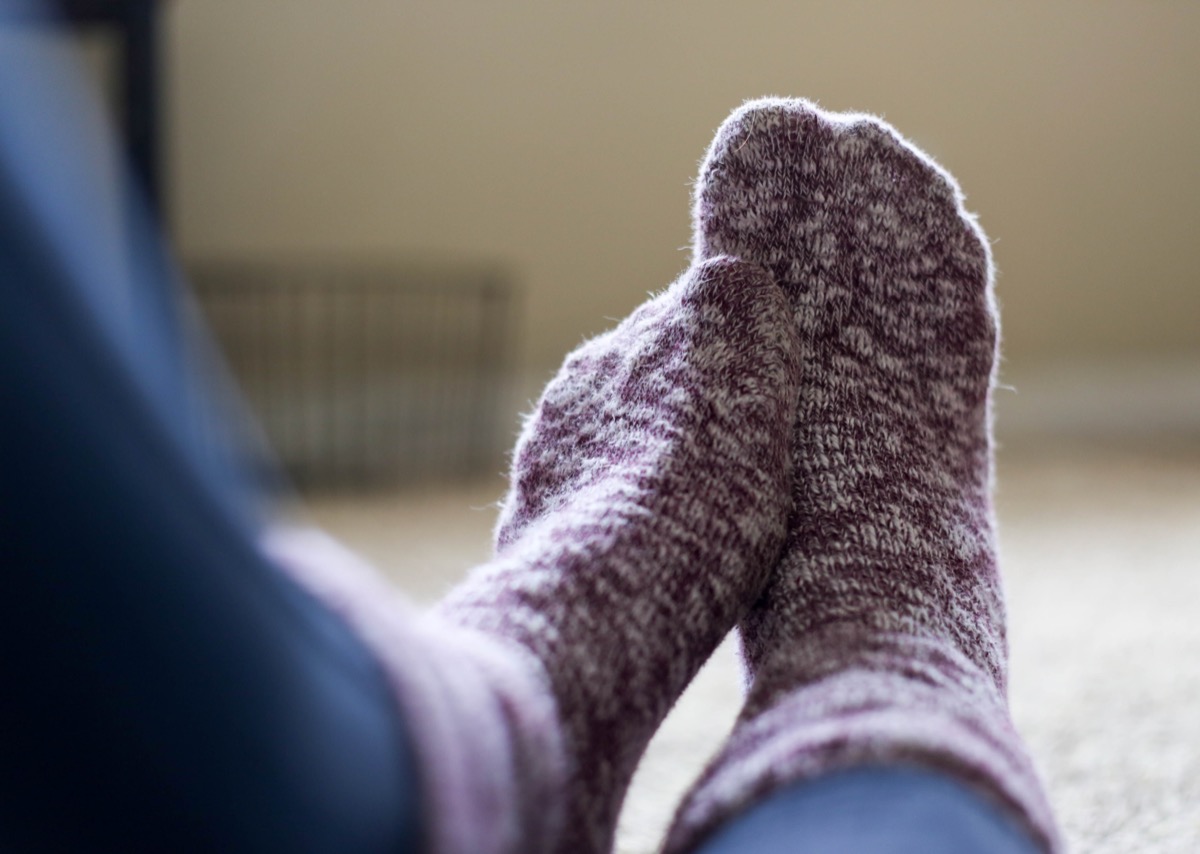
Warm clothing—socks in particular—are always welcome by homeless shelters in the winter. Since many people experiencing homelessness find themselves outside for prolonged periods of time during the day, and many others have limited access to laundry facilities, socks are another necessary staple that shelters go through quickly. In fact, there are numerous charities, like Hannah's Socks, that work specifically to provide these necessities to those without permanent shelter.
15
Towels
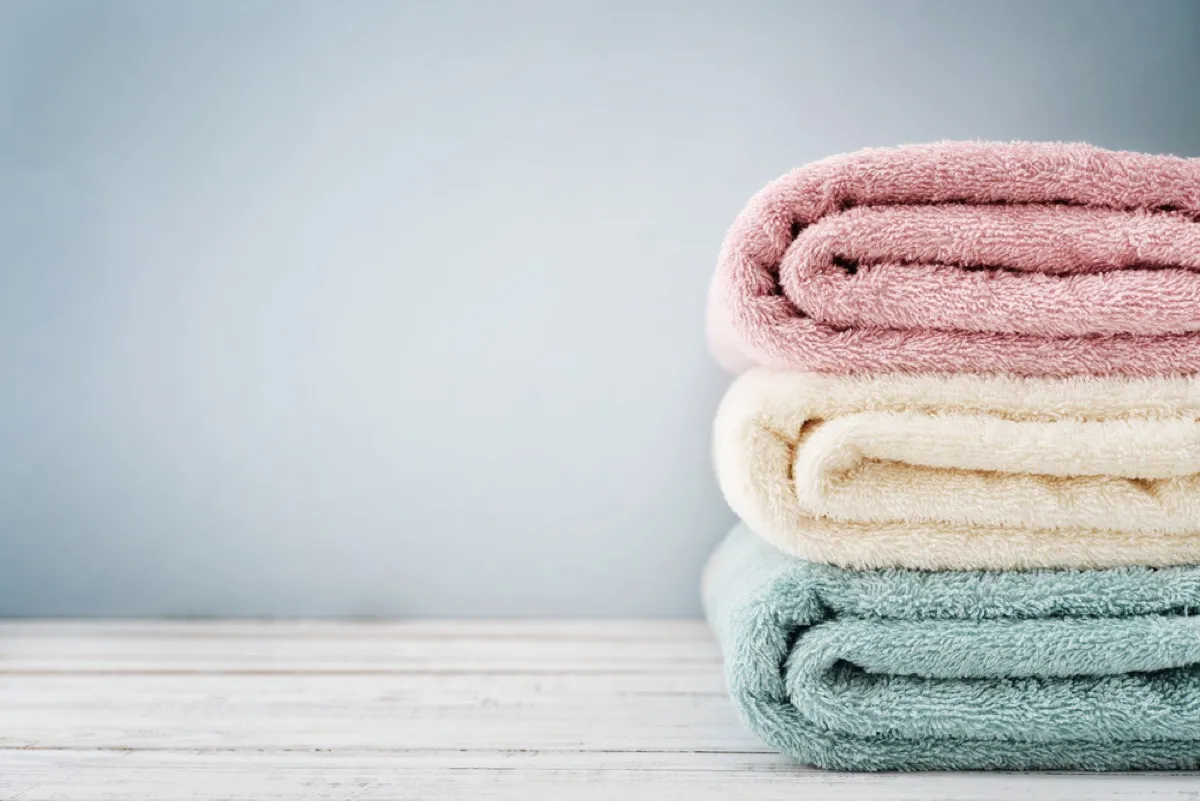
With many people relying on their local shelter to provide shower facilities, donations of towels are welcomed by countless organizations that help the homeless. And while shelters specifically need new towels to serve their clients, many animal shelters are open to donations of used ones, too.
16
Reading Glasses
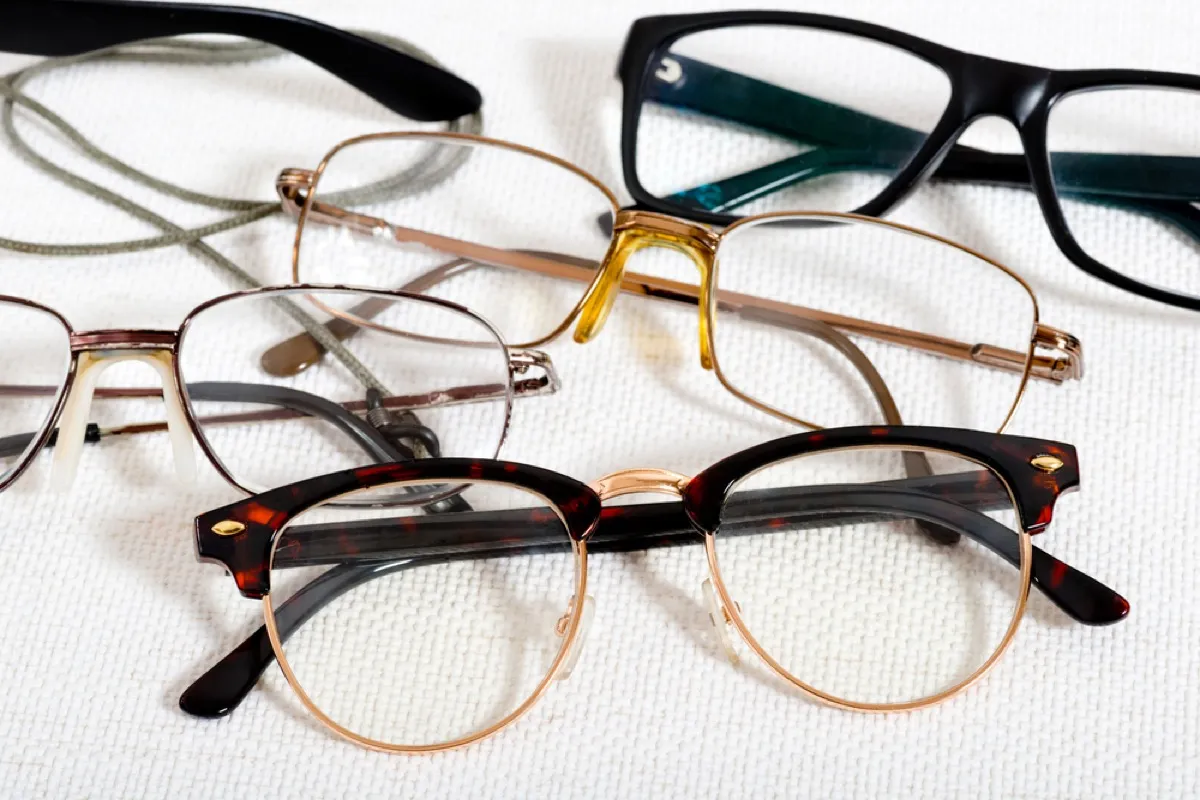
Glasses can be prohibitively expensive for even those who have a place to call home—but they can be truly impossible to purchase for those who do not. If you have old glasses or frames in good condition lying around your house, see if your local shelter accepts them. And if not, consider donating them to nonprofits like New Eyes, which provides glasses to those in need.
17
Reusable Water Bottles
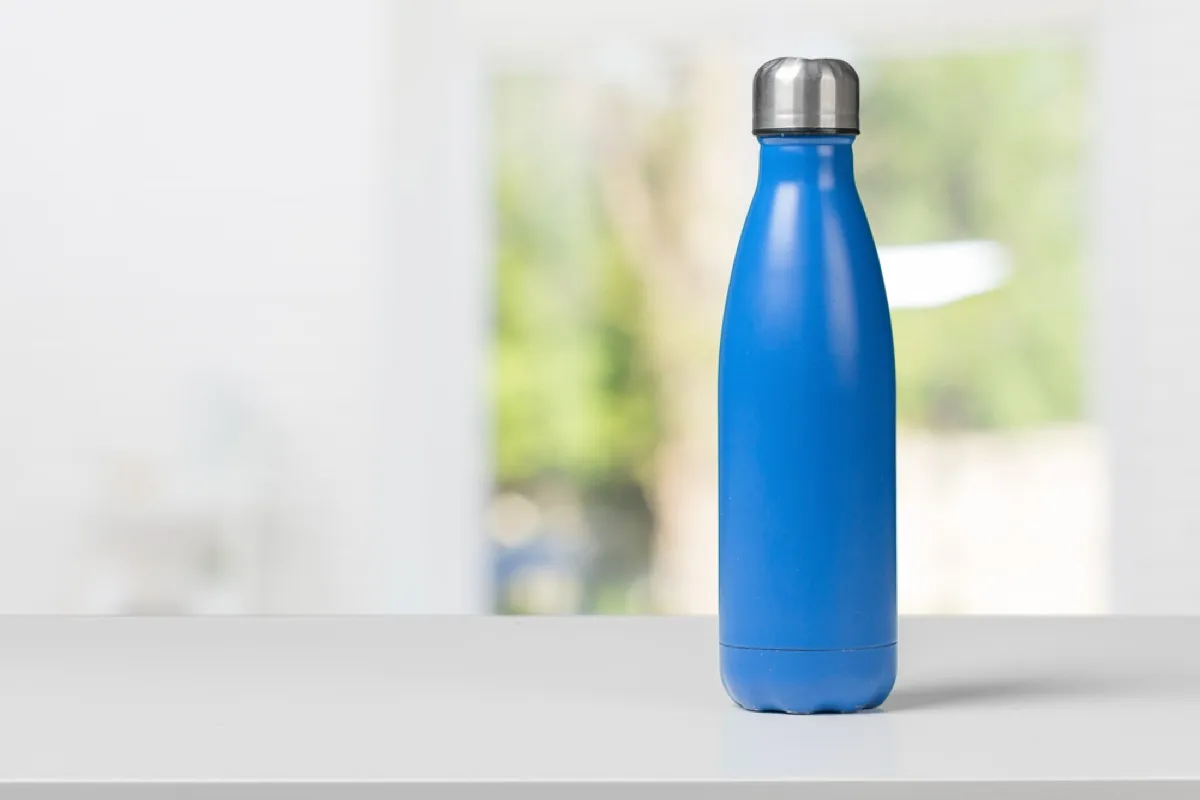
Many people experiencing homelessness spend the majority of their day outside of the shelter environment, whether they're working, going to school, or receiving essential services. But even among those employed, buying bottled water is simply not an affordable expense. That's why reusable water bottles are such an essential item for many shelters—and one frequently on their online wish lists.
18
Reusable Food Containers

While many shelters feed their residents, they don't always have the means to provide them with containers to save leftovers, meaning many people experiencing homelessness don't have enough to eat when they're away from the shelter setting. However, with the donation of reusable containers, you can help your local shelter ensure that its residents don't have to go hungry throughout the day.
19
Portable Chargers

Cell phones are essential items for virtually everyone these days, including those experiencing homelessness. If you want people struggling to find permanent shelter to be able to access mental health services, addiction treatment, and hot meals, as well as providing them a means of applying for jobs, check in with your local shelter and see if they accept portable chargers—a common request, according to the Downtown Women's Center.
20
Menstrual Products
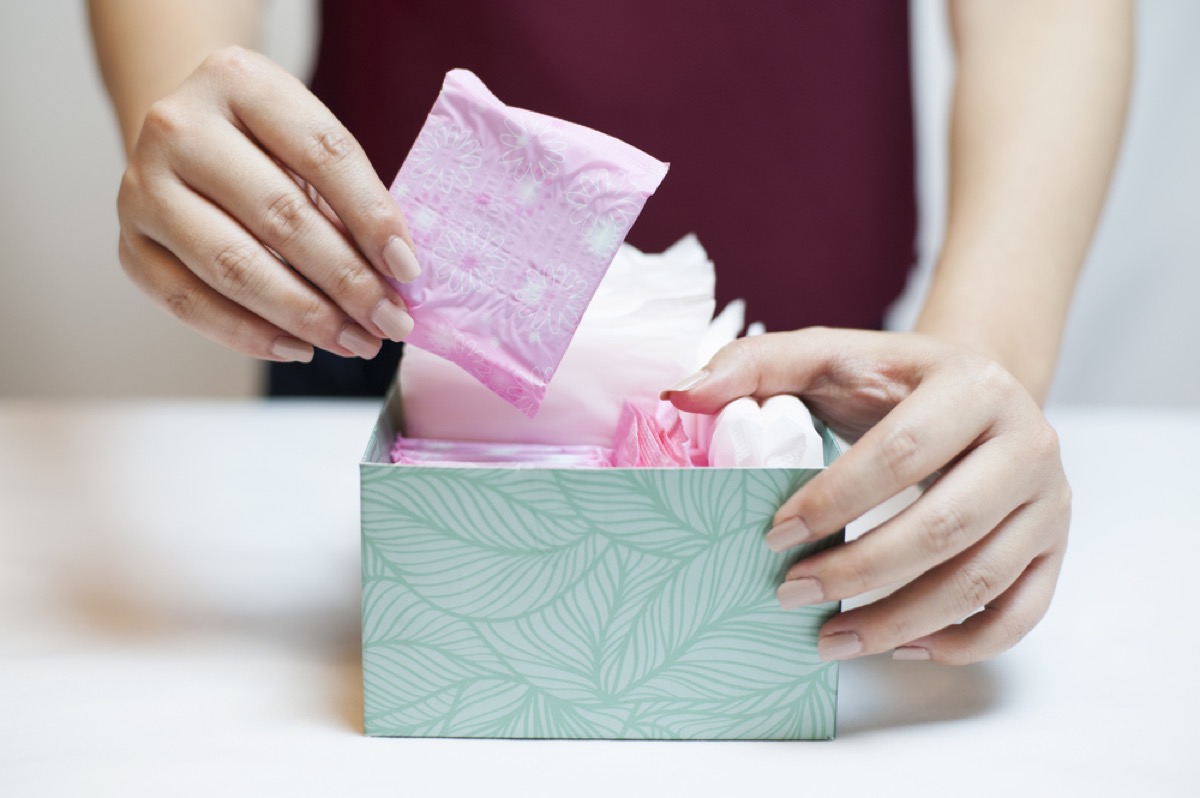
According to a 2017 article published in the Rhode Island Medical Journal, 79 percent of women—homeless and non-homeless alike—have been forced to use an unsafe or unsanitary means of dealing with their period because of a lack of menstrual product. Many shelters give out as few as two pads to residents each month, when most women need 20 or more. That's why it's so critical for those donating to shelters to provide feminine hygiene products; even if your local shelter doesn't collect them, organizations like The Homeless Period Project and Helping Women Period rely on donors to help provide menstrual supplies to those in need.
21
Gift Cards

While donating gift cards to your local shelter might not be obvious, they're actually one of the most in-demand items—specifically ones for grocery stores, drugstores, and retailers like Amazon.
However, they're not just used to buy supplies for the shelter. "We use them in our programs as incentives—specifically in our medical and mental health clinics," to get them to return for necessary treatments and services, says the representative for the Downtown Women's Center.
22
Gifts

Not having a permanent place to live can take its toll on anyone, but that struggle can feel especially pronounced during the holidays. If you want to help your local shelter, see if they accept gifts of new toys or other non-essentials for the individuals they serve.
"Volunteer groups have assisted us with wrapping new donated items in the past and will often bring other items for the youth to enjoy," says Hamilton-Hill. She says that receiving a gift during the holidays can help "bring some 'normalcy'" to the lives of those living in shelters.
23
Money
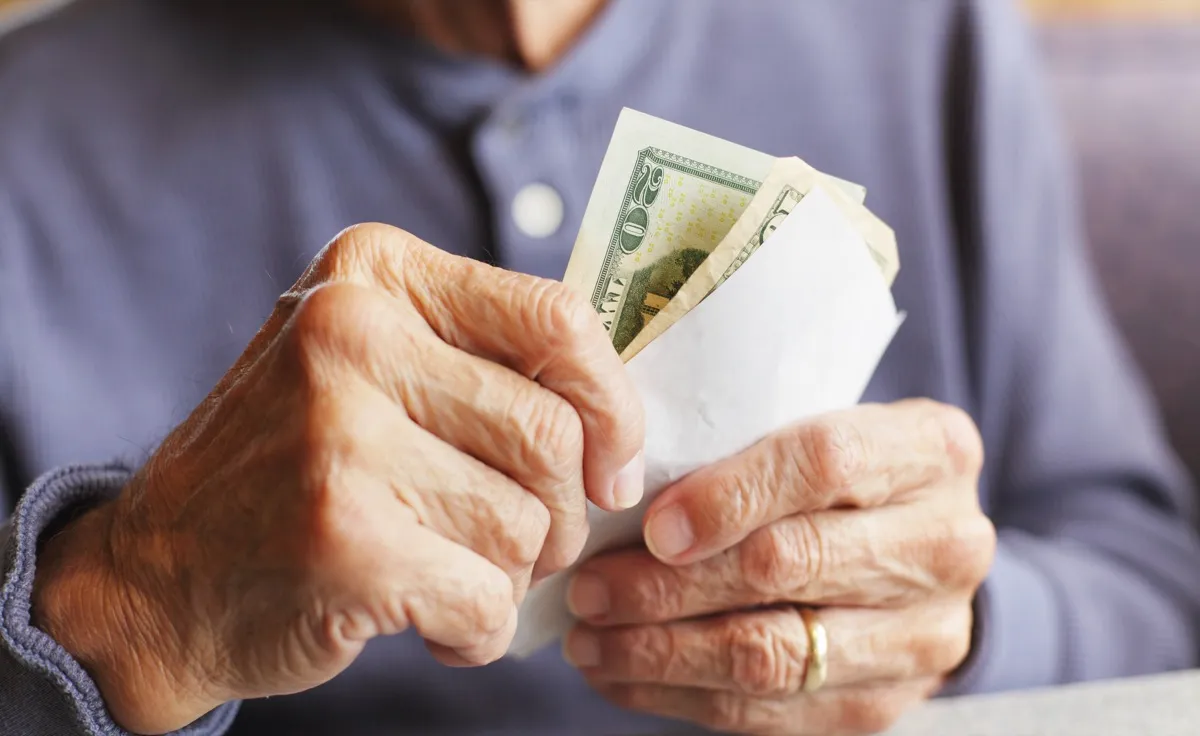
While donating physical items can be a major help to many organizations that assist the homeless, without financial donations, they can't afford to operate in the first place.
"Financial donations are always beneficial to organizations, because they allow flexibility," says Hamilton-Hill, noting that many shelters will use money to provide specific items, like dress-code-appropriate clothing for homeless individuals with new jobs. Financial donations also allow organizations to provide "case management activities or other general operating expenses, which foundations typically do not fund," she explains.





















